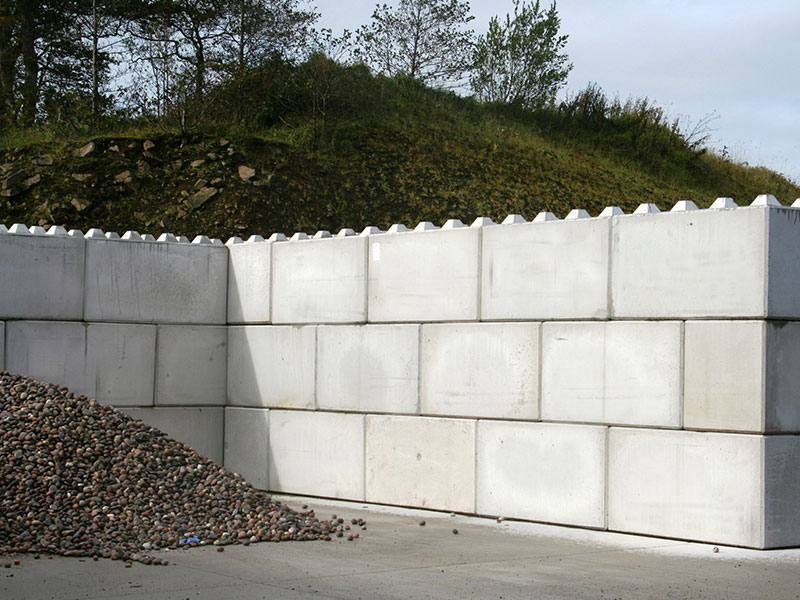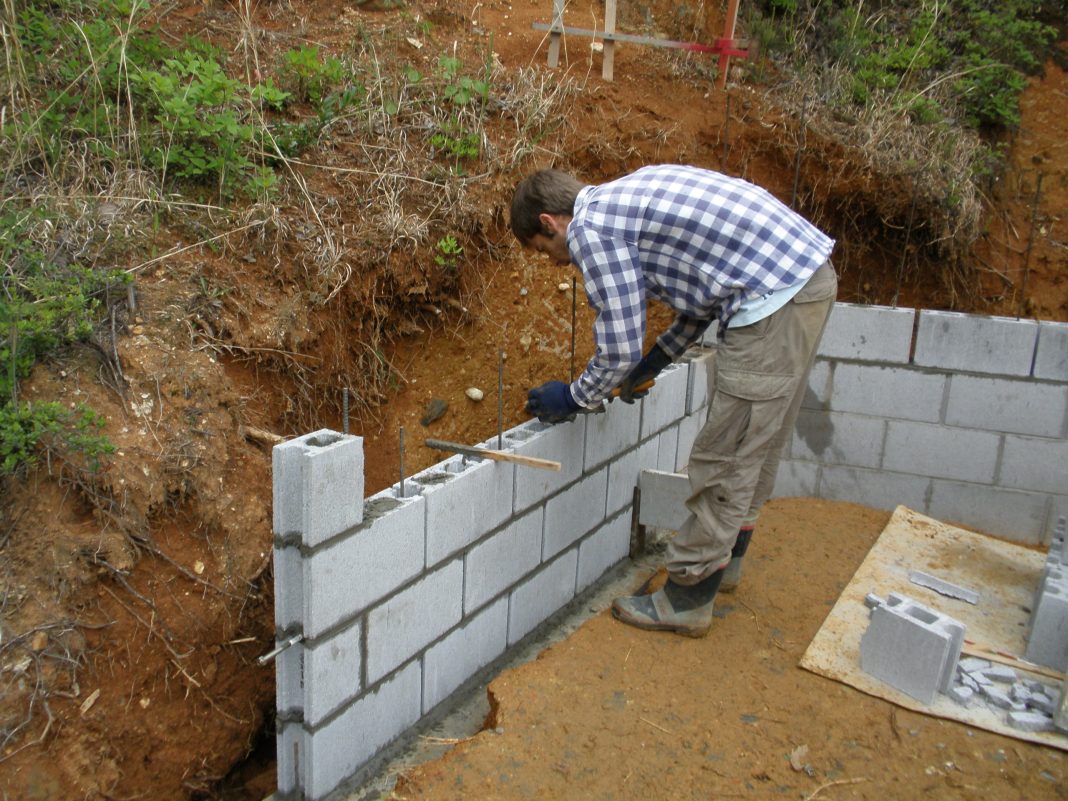There are numerous construction processes that are very useful to strengthen the structure and weak soil beneath the surface. These processes are mainly designed to develop the ground for holding heavy loads in the form of a new room, mini office, study room or play area.
These include methods like (underpinning, piling and jacketing of foundations). These are widely used methods in houses and commercial zones to protect the structure from any kind of destruction because when the foundations of a structure get weakened, it doesn’t carry much load, and at times, the structure needs to be demolished.
These techniques and a few additional operations are important for the structure’s safety and stability. A Concrete Block Retaining Wall is one of those that ensure the strengthening of soil for a stable and reinforced structure.
What is a block retaining wall?
A concrete block retaining wall is a wall that firmly grips the soil behind it. A retaining wall is frequently built at such sites where extra support is required to prevent erosion. The primary function of a concrete block retaining wall is to fight gravity. Besides its numerous benefits, it also provides a seating space.
Why block retaining walls are important?
Concrete block retaining walls are important for the strengthening of soil so that it may be retained at different levels from both sides. These structures are designed to restrict the soil to a slope that it wouldn’t keep with. It is observed that people who have these walls in their houses mostly use these walls for available seating space. Retaining walls are also helpful in slowing down the flow of rainwater. Retaining walls are useful in keeping the soil in its place. It also provides environmental benefits such as (elimination of erosion and protection of the areas from saturation). Retaining walls can last in houses for around 50 to 70 years. There is also great diversity in retaining walls colours, designs and shapes, so you can easily choose your desired style.
How to build a DIY concrete retaining wall?
These steps should be followed for building a DIY concrete retaining wall properly in a house.
- Gather all the equipment and supplies:
These are the supplies and equipment that you need when building the retaining wall.
Supplies:
- Wall blocks
- Cap blocks
- Gravel
- Fill dirt
- adhesives
Equipment:
- Rubber mallet
- Caulking gun
- Laser level or line level

- Starting the process: Before getting started, note down all your considerations regarding the construction of the wall then, first of all, dig the surface steadily to bury the first row of the block approximately halfway, and dig the ground between 5 to 6 inches deep and 14 inches wide of the block.
- Balance the sloping ground: In order to sustain the trench slopes, you need to go one step high or down to balance the block’s level. Use a line level to build each wall section so that they remain balanced.
- Balance the ground: Now balance all the dug areas with the help of a hand tamper tool.
- Add on the paver base: Then fill up the ditch with a paver base up to 3 inches. Spread it with the rake and then tamp it down with the help of the tool. When it’s all balanced, then begin the process.
- Get ready for the first row: Firstly, shape up the blocks perfectly with the help of a cutter or hammer so that each block can be placed properly.
- Level up the block: Use the line level or laser level to level it up and continuously check it until it fits.
- Apply the second block: Place the second block and ensure it is balanced as the first, and keep completing the first row. Check the balance of every block with the help of line level.
- Use the rubber mallet: As balance has the core importance in this DIY construction, use a rubber mallet to ensure the levelling of blocks.
- Install the landscape material: when your rows are completed, then place the landscape fabric behind the wall by leaving ample access to reach the top of the block. You also need to add the drainage directly at the back of the block.
- Adding the crushed stone for the drain: Fill the gravel at the back of the wall for better drainage.
- Application of adhesives: Your construction of the block retaining wall is about to be complete. Apply adhesive cream to the top of the blocks and place another row of blocks on that row in order to achieve better stickiness.
- End it with plants: Fold the unused landscape material and add some plants for aesthetics.










